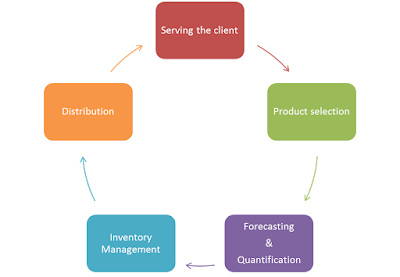Inseparable couple: Knowledge Management and Learning
Over the years,
we have seen a separation of roles with knowledge management and Learning.
Knowledge management is the process of capturing, developing, sharing, and
effectively using organizational knowledge. Learning
is the act of acquiring new, or modifying and reinforcing,
existing knowledge, behaviours, skills and values. Lately we have seen the use of technology in
knowledge management and learning is not left out.
Where does
learning fit in the process of capturing , developing , sharing knowledge?
First we need to realize that without effective knowledge management, learning
cannot be sustained. Note the word sustained and learning is sustainable
application of knowledge.
Learning tries
to transfer explicit knowledge(that can be readily
articulated, codified, accessed and verbalized) derived from tacit
knowledge (is the kind of knowledge that is difficult to transfer to another
person by codifying or verbalizing it). Tacit knowledge is
captured by knowledge management tools. Without an effective knowledge
management, tacit knowledge cannot be captured and converted to explicit
knowledge and this will affect the effectiveness of any form of learning.
There's a twist
here; knowledge management has to be connected with the learning
initiatives and tools. Both have to work together and not separated to ensure
an effective capture of organizational knowledge and promote individual and
organizational knowledge. Though many focus on the use of technology in
knowledge management and sometimes lose the whole essence of sustained learning
in the process. Knowledge management tools and processes must always bear in
mind that humans are end user of their products. It must have a human face to
its approaches. That's what learning does. Learning put in the human element.
Where does
learning come in? Learning helps to identify those who are knowledge assets.
Learning also ensures that the captured knowledge jumps from the pages of
technology to the human mind where it will be used. Learning can contribute to
how knowledge tools are designed to enhance effective sharing and use. Learning
helps in the distribution of knowledge aside technology (new media and
publications). Learning helps to capture those experiences and insights in a safe environment. Learning drives retention in a
sustainable manner through application. Just because I read a book doesn't mean
I would use the knowledge. Learning also helps to determine the useful elements
of knowledge. Learning also creates an interactive real life space for
users of knowledge aside the learning platform created by social media.
In my opinion,
knowledge management and learning cannot be separated. They should work
together. When knowledge management and learning are combined, we have true
ORGANIZATIONAL LEARNING which is sustainable and also drives
performance improvement.


Comments
Post a Comment